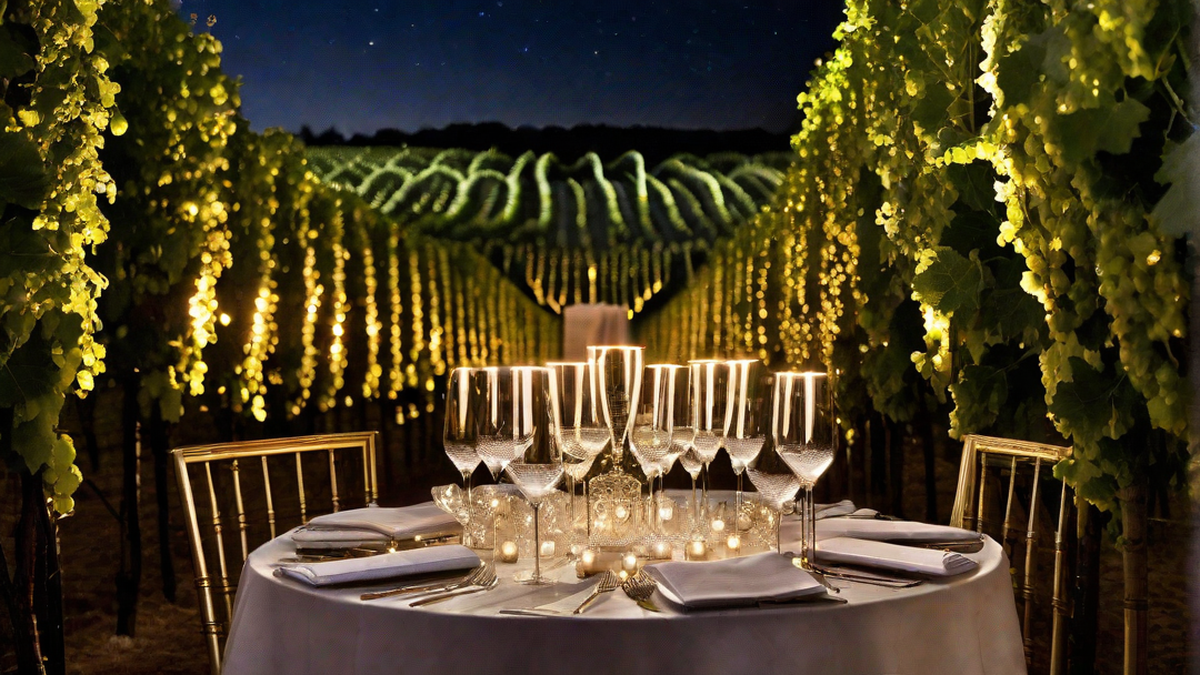Is it customary for Champagne to be served cold?
As a wine enthusiast and avid Champagne drinker, I often find myself pondering the question – is Champagne supposed to be served ice-cold? While some may argue that Champagne is best enjoyed at a chilly temperature, others believe that a slightly warmer serving temperature can enhance its flavors and aromas. Today, I will delve into this debate and share my personal insights on the matter.
First and foremost, it is important to note that Champagne is a type of sparkling wine that originates from the Champagne region of France. It is made using a traditional method called méthode champenoise, which involves a second fermentation in the bottle, resulting in those delightful effervescent bubbles we all love.
Traditionally, Champagne has been served at a colder temperature, typically between 45°F (7°C) and 50°F (10°C). This lower temperature helps to preserve the wine’s freshness and effervescence, as well as masking any potential flaws. When served cold, the bubbles in Champagne become more pronounced, creating a lively and refreshing drinking experience.
However, I must admit that I am not always a stickler for serving Champagne ice-cold. In my opinion, allowing the wine to warm up slightly can unveil a whole new dimension of flavors and aromas. When Champagne is served at a slightly warmer temperature, around 55°F (12°C), the true complexity of the wine can be appreciated.
At this slightly warmer temperature, the aromas of the Champagne become more prominent, revealing a bouquet of delicate floral notes, citrus fruits, and toasty nuances. The flavors on the palate also become more pronounced, with a perfect balance of crisp acidity and subtle sweetness. This warmer serving temperature allows the Champagne to showcase its true character and express its unique terroir.
So, when it comes to serving Champagne, my personal preference is to keep it chilled but not overly cold. I find that allowing the wine to warm up slightly in the glass enhances its overall drinking experience. Of course, this is purely subjective, and everyone has their own preferences when it comes to serving temperature.
It is worth mentioning that if you do choose to serve Champagne at a slightly warmer temperature, it is important to drink it relatively quickly to prevent it from becoming too warm. The delicate bubbles and freshness of the wine are best enjoyed when the Champagne is still cool.
In conclusion, the question of whether Champagne is supposed to be served cold is ultimately a matter of personal preference. While many enjoy the crisp and lively experience of drinking ice-cold Champagne, others, like myself, prefer to appreciate its full range of flavors and aromas at a slightly warmer temperature. Whichever way you choose to enjoy your Champagne, the most important thing is to savor every sip and celebrate the joyous moments it brings.
